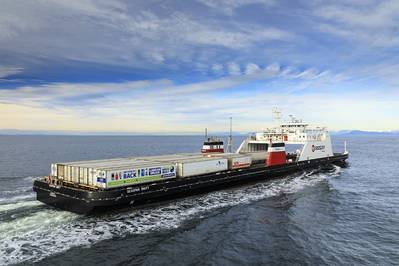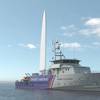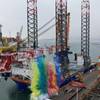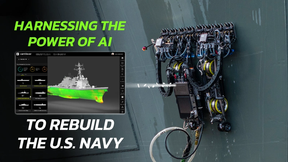Bureau Veritas Rules Support Hybrid Power and ESS
It is expected that the notations will encourage wider uptake of energy storage systems (ESS) to provide both operational and environmental benefits.
Martial Claudepierre, Business Development Manager, Bureau Veritas, said, “Industry uptake of hybrid and battery technology has been driven by environmental regulation. But owners are also finding performance benefits and, for some operations, significant financial benefits seem likely – particularly as the availability of renewable energy increases.”
Innovation has been led by the cruise and ferry sector, but wider adoption is being anticipated says Claudepierre. Electric power provided by an ESS can be used when a ship is in port, during manoeuvring or alongside, to reduce or eliminate local air emissions when in proximity to centres of population or in emission control areas (ECAs). Importantly, ESS can also provide peak shaving, power smoothing and power for DP (dynamic positioning) operations, providing operators with flexible efficiency in meeting operational requirements.
“Obvious candidates for ESS are cruise ships with high hotel loads when in port, ferries with regular port visits and tugs with heavy peak load requirements. Ships with relatively short voyages making regular port calls could plug into local power enabling access to electricity from renewable energy sources as well.”
Seaspan’s two new ferries delivered this year also broke new ground by combining LNG propulsion with ESS. “We will see more of these hybrid solutions ordered and our new rules and notations will help ensure that these systems can be designed and operated safely and efficiently”, says Claudepierre.














